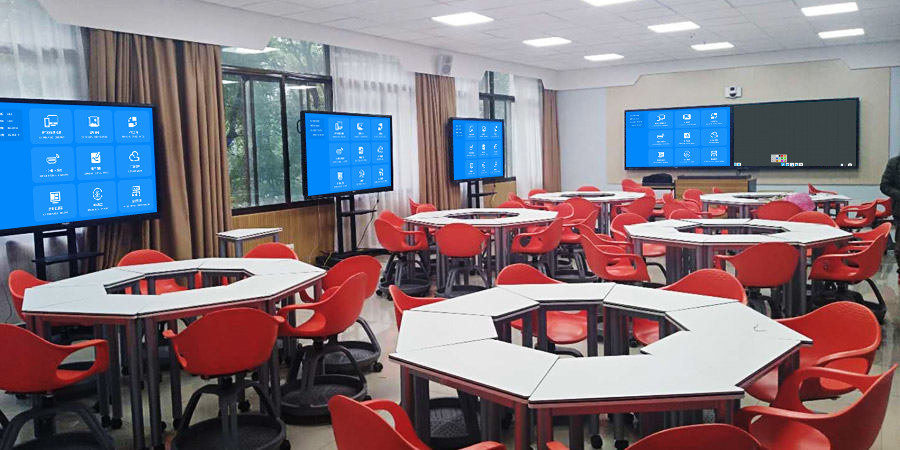New Era of Multi-Screen Interaction: Beyond DLNA, Other Screen Mirroring Protocols You Need to Know
As the demand for device interconnection upgrades, multi-screen interaction technology continues to evolve. While DLNA has been instrumental in media sharing, it can no longer satisfy all scenarios. This article will introduce you to the mainstream screen mirroring protocols in the multi-screen interaction ecosystem, beyond DLNA.
AirPlay: The “Gold Standard” of the Apple Ecosystem
-
Source: Developed by Apple Inc.
-
Features:
-
Comprehensive Functions: Supports both media pushing (similar to DLNA) and full screen mirroring, with extremely low latency.
-
Closed Ecosystem: Primarily used between Apple devices (iPhone, iPad, Mac) and Apple TV or AirPlay-enabled smart TVs.
-
Smooth Experience: Excellent audio-visual synchronization and stability.
-
Miracast: The “Universal Answer” for Android/Wi-Fi Alliance
-
Source: Based on the open standard of the Wi-Fi Alliance.
-
Features:
-
Wireless Mirroring: The core function is to completely “copy” the device screen to a large display, serving as the official screen mirroring solution for Android phones and Windows computers.
-
Peer-to-Peer Connection: Devices can connect directly, even without going through a router.
-
DLNA’s Position and Future
In the new multi-screen interaction landscape, DLNA still holds a core position in the field of “online video pushing” due to its openness and broad device support. The “TV” button in your video apps is mostly still powered by DLNA.
A modern multi-screen interactive environment often sees multiple protocols coexisting. It has become common for smart TVs to support DLNA, AirPlay, and Miracast simultaneously, allowing users to find the most suitable screen mirroring method regardless of the device they use.